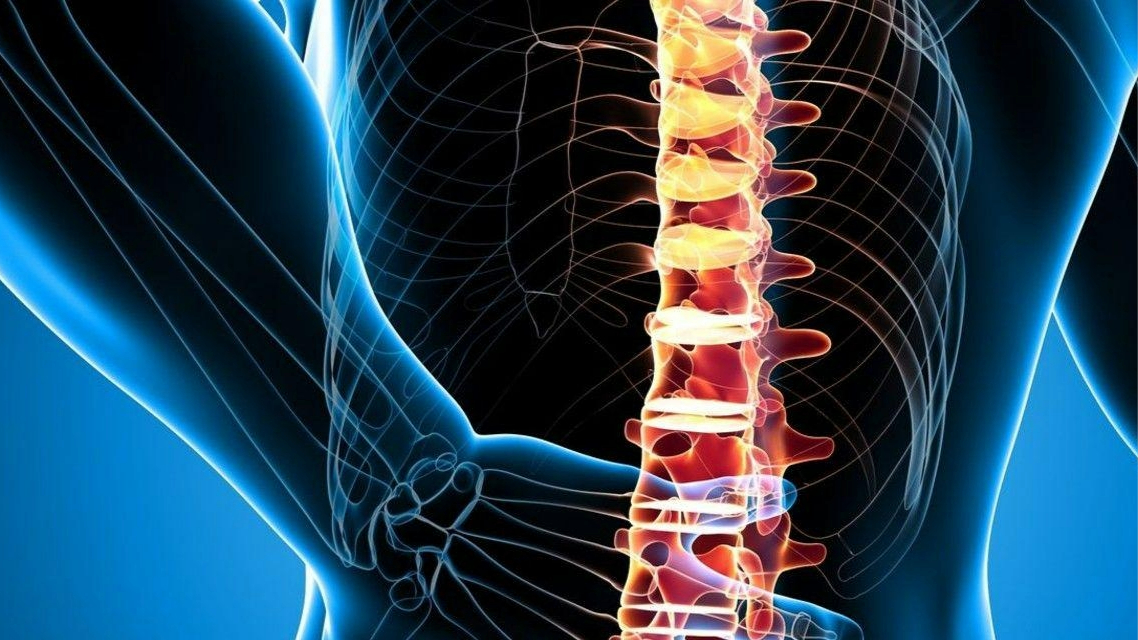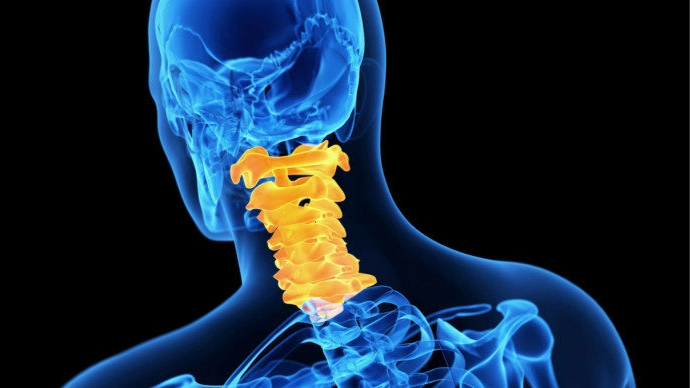
Suffering from a herniated disc can be a painful and debilitating experience. For many, surgery becomes the chosen path to alleviate pain and other symptoms that affect daily life. Surgery is usually recommended when conservative treatments, such as physical therapy, medications, and rest, have not provided relief.





